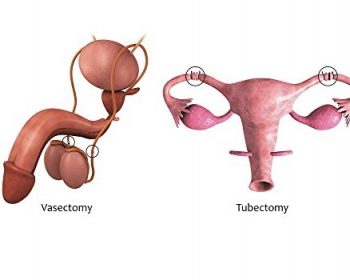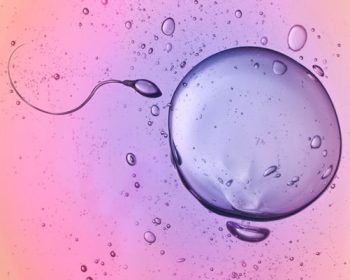
Labour Overview
Labour Overview
Stage 1
Effacement and Dilation:
The gradual thinning and dilation of your cervix to permit the baby to pass through into the vagina.
| Early Labour | Cervical dilation from 0 cm to 3cm.Contractions are 5 to 20 minutes apart and 30 – 45 seconds long. Can last around 4 – 6 hours for the first time mother |
| Active Labour | Cervical dilation from 3 cm to 7 cm.Contractions are 2 to 5 minutes apart and 60 seconds long. Can last around 4-6 hours for the first time mother.Cervix becomes 10cm – fully dilated and completely effaced. |
| Transition | Contractions are 1 to 2 minutes apart and 60 – 90 seconds long. This is the shortest phase of labour, lasting around 30 to 45 minutes for a first-time mother. |
Stage 2
Pushing & Delivery of Baby:
Baby is pushed down the birth canal and this stage includes up to the clamping and severing of the umbilical cord.
| Pushing | Contractions space out to 3-5 minutes apart and are 60 seconds long. Usually lasts half to one hour for a first-time mother |
| Delivery | Expulsion of the baby’s head and the rest of the body through the birth canal. |
Stage 3
Delivery of the placenta:
Separation of placenta from uterine wall and its expulsion. Usually occurs within 10 to 20 minutes after birth of the baby.
| Separation | Contractions continue and there is fresh bleeding during the separation of the placenta from the uterus. |
Medical Procedures in labour
“Every birth has its own energy and flow. The goal is to watch that flow and try not to interrupt it”.
Nothing in life is to be feared. It is only to be understood.There are times when the flow will need to be interrupted by a medical procedure. Some of the procedures and their possible medical reasons for use are listed below:
Procedure Foetal monitoring
Intermittent or continuous checking of baby’s heart rate with a monitor.
This is done especially when drugs to enhance labour pains are used or when maternal health complications are present.
Amniotomy
Artificial breaking of bag of waters to enhance an inefficient labour pattern that has not responded to other methods.
Episiotomy
Incision made on an ungiving perineal muscle to facilitate vaginal delivery.
Pain relief in Labour
Drugs (Analgesics)
Injections such as pethindine or Tramazol or ketamine, inhaling gases (entanox) epidural analgesia which is administered by an anaesthetist creates a nerve block in the spine.
It is a good method of pain relief, causes no harm to the baby. It however, increases the possibility of forceps delivery.
Forceps/Vacuum Extraction
Devices used to extract the baby, when there is incomplete rotation of head (unable to rotate with pushing), maternal factors (exhaustion, severe medical disorders) or foetal distress (baby’s heart beat variations)
Cesarean delivery
Operative delivery by an incision on the abdomen in indicated cases.







